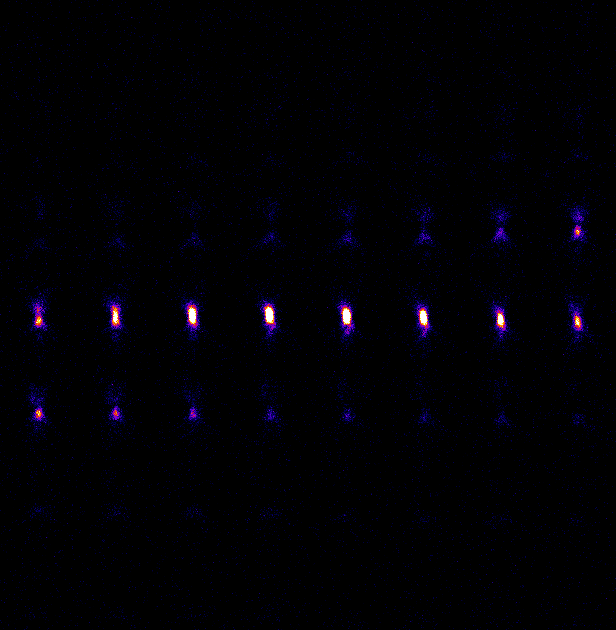

Fraser at the Translational Imaging Center of the University of Southern California (USC) have synthesized a new way of combining two existing methods and smartly automating it using simple algorithms to enable scientists to instantly acquire, store and analyze images produced using multiple fluorescent markers, in one go. To help overcome the challenges of multiplex microscopy, automated tools have been developed that are helping researchers to algorithmically “unmix” spectral ranges – producing faster, smarter and higher-quality data and providing new possibilities for interpreting image data. 1Īlgorithmic solutions providing new possibilities for interpretation of data En Xu, Institute of Neurosciences and Department of Neurology of the Second Affiliated Hospital of Guangzhou Medical University, China. The neuronal cells have been stained green with the fluorophore, Alexa Fluor488 the astrocytes have been stained red with a glial fibrillary acidic protein (GFAP) stain, and the cell nuclei have been stained blue with 4′,6-diamidino-2-phenylindole (DAPI). 1įigure 1: Adult rat brain visualized using multicolor or multiplex microscopy. Examples of when this is needed include the study of different immune cells in relation to key biomarkers in immuno-oncology studies, and the discrete visualization of multiple proteins to identify different types of neurons in complex synaptic networks in neuroscience studies (see Figure 1). It is therefore vital that fluorophores are well distinguished to achieve optimal results when multiplexing. If there is overlap, their signals will interfere with each other in a phenomenon known as “crosstalk”, making the resulting data difficult to interpret. As most fluorophores have a broad emission spectrum, it is important when using two or more fluorophores to select ones where the overlap of emission spectra is minimal. This allows you to stain different elements of the sample a different color – for example, the nucleus of a cell might be blue while the cell membrane is stained red.īecause each fluorophore has a characteristic emission spectrum – the range of wavelengths in which it emits light – the choice of fluorophores is critical when using different dyes at the same time to study interactions. To characterize samples to understand biological processes, including disease mechanisms, researchers are increasingly employing a multiplex or multicolor microscopy technique. Biologists and other life scientists depend on microscopy to visualize cells and tissues in detail in biological samples.


 0 kommentar(er)
0 kommentar(er)
